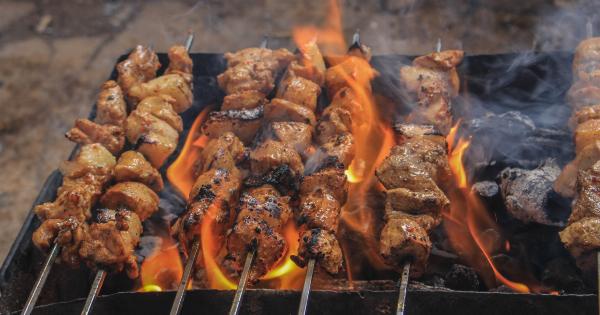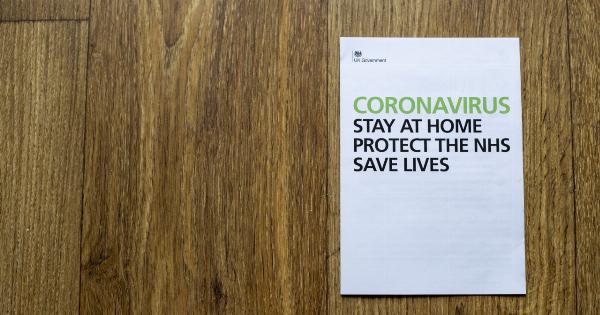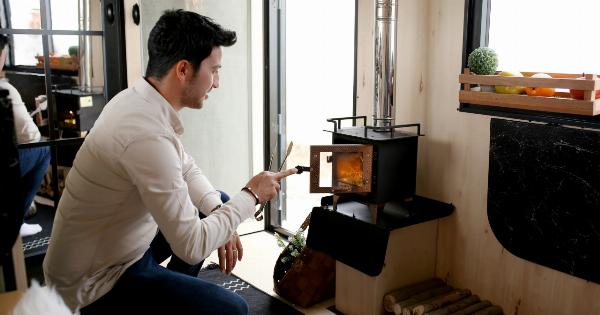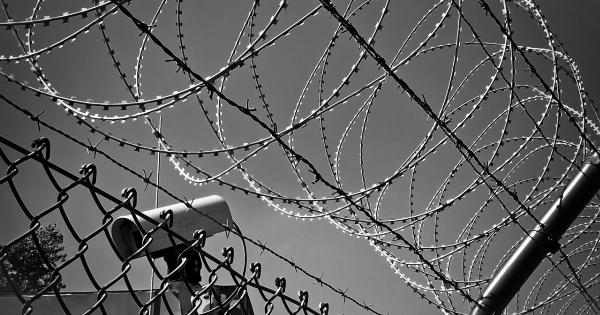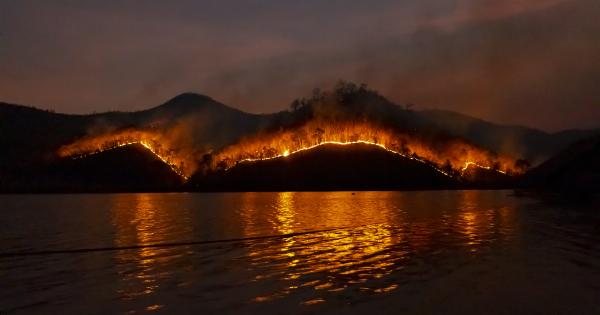Charcoal grilling is a popular way of cooking food outdoors. However, there is growing concern that this type of cooking may increase the risk of respiratory diseases.
Charcoal grilling involves burning charcoal and other materials, which can release harmful substances into the air. These substances can irritate the respiratory system and cause inflammation.
How charcoal grilling affects the respiratory system
Charcoal grilling can release several harmful substances into the air, including carbon monoxide, nitrogen oxides, and polycyclic aromatic hydrocarbons (PAHs).
These substances can cause irritation and inflammation in the respiratory system, leading to respiratory diseases such as asthma, chronic bronchitis, and lung cancer.
Carbon monoxide is a colorless, odorless gas that can be deadly in high concentrations. When charcoal is burned, carbon monoxide is released into the air.
If inhaled, it can reduce the amount of oxygen in the bloodstream, leading to headaches, dizziness, and nausea. In extreme cases, it can cause unconsciousness and death.
Nitrogen oxides are another harmful substance released during charcoal grilling. These substances can irritate the lungs and cause inflammation.
Exposure to nitrogen oxides can worsen existing respiratory conditions and increase the risk of developing respiratory diseases.
PAHs are a group of chemicals that are formed when organic materials are burned. They are found in high concentrations in smoke from charcoal grills. PAHs are known carcinogens, meaning they can cause cancer.
Exposure to PAHs can increase the risk of developing lung cancer and other respiratory diseases.
Strategies to reduce the risk of respiratory diseases from charcoal grilling
There are several strategies that can be used to reduce the risk of respiratory diseases from charcoal grilling:.
1. Use a gas grill instead
Gas grills are a safer alternative to charcoal grills. They produce fewer harmful substances and are easier to control. Gas grills also heat up quickly and require less preparation time than charcoal grills.
If you must use a charcoal grill, make sure to use it in a well-ventilated area and avoid inhaling the smoke.
2. Use an electric grill
Electric grills are another safe alternative to charcoal grills. They produce no harmful substances and are easy to use. However, they may not provide the same smoky flavor as charcoal grills.
3. Use natural charcoal
Natural charcoal is made from hardwood and burns cleaner than regular charcoal. It produces less smoke and fewer harmful substances. Make sure to buy natural charcoal that is free of additives and chemicals.
4. Use a chimney starter
A chimney starter is a device that allows you to light charcoal without using lighter fluid. It produces less smoke and eliminates the risk of inhaling harmful chemicals. Chimney starters are also more environmentally friendly than lighter fluid.
5. Use hardwood for flavoring instead of charcoal
If you want to add a smoky flavor to your food, consider using hardwood instead of charcoal. Hardwood chips or chunks can be added to a gas or electric grill to produce a smoky flavor. Hickory, apple, and mesquite are popular hardwoods for flavoring.
6. Keep the grill clean
Clean your grill regularly to remove any buildup of grease and other materials. A clean grill produces less smoke and fewer harmful substances. It also reduces the risk of flare-ups and other accidents.
Conclusion
Charcoal grilling can release several harmful substances into the air, increasing the risk of respiratory diseases.
To reduce the risk, consider using a gas or electric grill instead, using natural charcoal, using a chimney starter, using hardwood for flavoring, and keeping the grill clean. By taking these steps, you can enjoy safe and healthy outdoor cooking.

